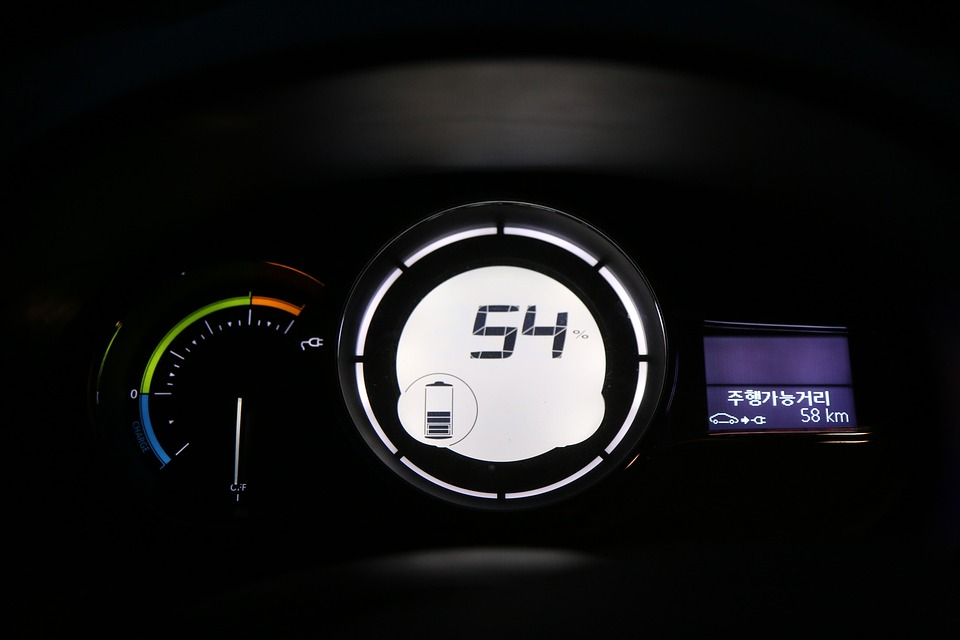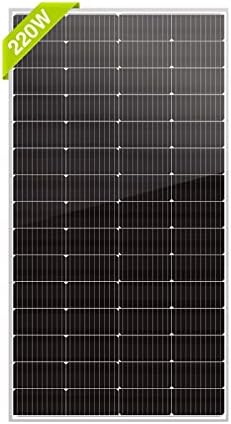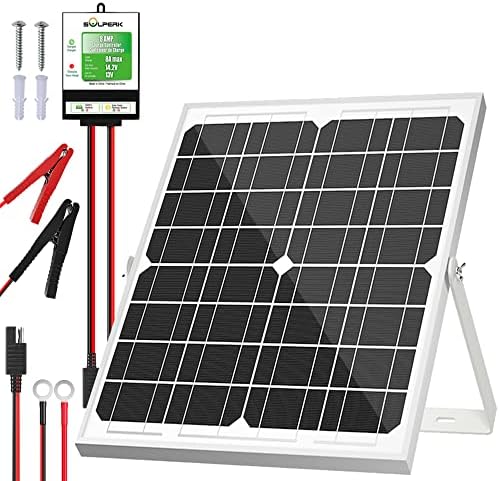# Going Green: The Rise of Solar Power in Urban Environments
The sun rose over the skyline, casting a golden hue on the rooftops of the city. I watched as the solar panels began to glimmer, soaking up the day’s first rays. It was a warm, bustling Saturday, and people were out shopping, dining, and living their best lives—all while powered, in part, by the very sun above. This vibrant scene highlighted the extraordinary shift happening in urban environments as cities embrace solar power. Transitioning to renewable energy isn’t just for rural landscapes or remote cabins anymore; solar power is rapidly becoming an urban staple, transforming our cities into greener, more sustainable places.
## Solar Power: A Bright Idea for Cities
The concept of solar power isn’t new; it’s been around for decades. However, innovations in technology, decreasing costs, and increased awareness of climate issues have converged to create a perfect storm for solar energy adoption in urban settings. From rooftops to park installations, solar panels are popping up everywhere, bringing with them a myriad of benefits.
### The Urban Solar Revolution
Urban environments are often seen as concrete jungles, teeming with life—but also heavy on energy consumption. According to the U.S. Department of Energy, cities consume over 70% of global energy and produce a staggering 70% of carbon emissions. Yet, they also serve as the epicenter for change. The rise of solar power in cities offers a path toward reduced energy bills, job creation, and a significant decrease in carbon footprints.
The numbers are stunning. From 2012 to 2021, the capacity for solar installations in urban areas has increased by over 400%. By 2030, it’s projected that solar will provide nearly 20% of the nation’s electricity, and much of that growth will come from urban settings.
### Benefits of Solar Power in Urban Areas
1. **Cost Savings**: With the cost of solar panels decreasing every year, urban dwellers can see substantial savings on their electricity bills. Some studies estimate that homeowners can save upwards of $15,000 over the lifespan of their solar panels.
2. **Job Creation**: The solar industry is a booming job market. According to the National Solar Jobs Census, the sector has created over 250,000 jobs in the past decade and continues to grow, especially in urban areas where installation and maintenance are in higher demand.
3. **Energy Independence**: Urban dwellers can take control of their energy sources, reducing dependency on fossil fuels. This independence creates a buffer against fluctuating energy prices and enhances overall resilience against energy crises.
4. **Environmental Impact**: Urban solar installations can play a significant role in reducing carbon emissions, improving air quality, and combating climate change. Cities that invest in renewables not only foster healthier living environments but also set an example for other regions to follow.
5. **Smart Cities and Technology Integration**: Solar power isn’t just a standalone solution; it complements other technologies. From electric vehicles to smart grids, solar energy can create interconnected energy systems that enhance urban living.
### Challenges and Solutions
While the benefits of solar energy in urban environments are crystal clear, challenges remain. Space constraints, building regulations, and initial investment costs can create barriers to entry. However, many innovative solutions are springing up to overcome these obstacles.
#### Embracing Vertical Solar Solutions
In densely populated cities, space can feel limited. Innovative solutions like vertical solar panels and building-integrated photovoltaics (BIPV) are gaining popularity. By integrating solar technology into building materials—like roofs, windows, and walls—urban areas can maximize their energy generation without compromising valuable real estate.
#### Community Solar Programs
For those unable to install solar panels on their own property, community solar programs allow urban residents to buy into shared solar installations. This model democratizes access to solar power, providing benefits to renters or those living in condominiums without suitable roof space.
#### Government Incentives
Many local governments are stepping up to offer incentives for solar installation. Tax credits, rebates, and grants can make the transition to solar more financially accessible. Additionally, cities are starting to adopt supportive policies that simplify the permitting process for solar installations.
### Pro Tips for Urban Solar Success
1. **Conduct an Energy Audit**: Before jumping into solar installation, an energy audit can provide insights into your energy usage and identify areas to improve efficiency.
2. **Choose the Right Installer**: Research local solar installers and read reviews. Make sure they are certified and have a solid track record.
3. **Stay Informed About Incentives**: Regularly check for local, state, and federal incentives, as they tend to change and can greatly affect your decision-making.
4. **Consider Your Roof’s Orientation**: Ideally, rooftops should face south or west for optimal solar exposure. Consult with a professional to ensure your roof is suitable for installation.
5. **Look Beyond Panels**: Consider combining solar with energy-efficient appliances, smart home technology, and energy storage solutions to maximize the benefits of your solar investment.
### The Future of Urban Solar Power
As cities globally commit to reducing their carbon footprints and increasing the use of sustainable energy sources, the role of solar power in urban settings will only expand. Exciting advances in technology—like solar skins that integrate seamlessly with your roof’s aesthetics and solar paints that could convert surfaces into energy-generating panels—are on the horizon.
Community initiatives promoting awareness about the environmental benefits of solar power and fostering a collective spirit among residents are crucial. Grassroots movements can mobilize communities to advocate for solar-friendly policies, ensuring urban areas continue to lead in renewable energy adoption.
### Concluding Thoughts
Every ray of sunlight that hits an urban solar panel represents a step toward a more sustainable future. As our cities embrace this technology, it’s not just about powering homes and businesses; it’s about reshaping our environment, our economy, and even our society. The rise of solar power in urban settings is more than just an energy trend—it’s a movement toward a cleaner, greener planet.
So, whether you’re considering a rooftop installation, advocating for community solar, or simply cheering on your fellow urban dwellers who are making the switch to renewables, remember: every small step counts. By going green, we can all capture a little sunshine and make a lasting impact on our cities—and the world. Embrace the solar revolution and bask in the glow of a more sustainable future!



